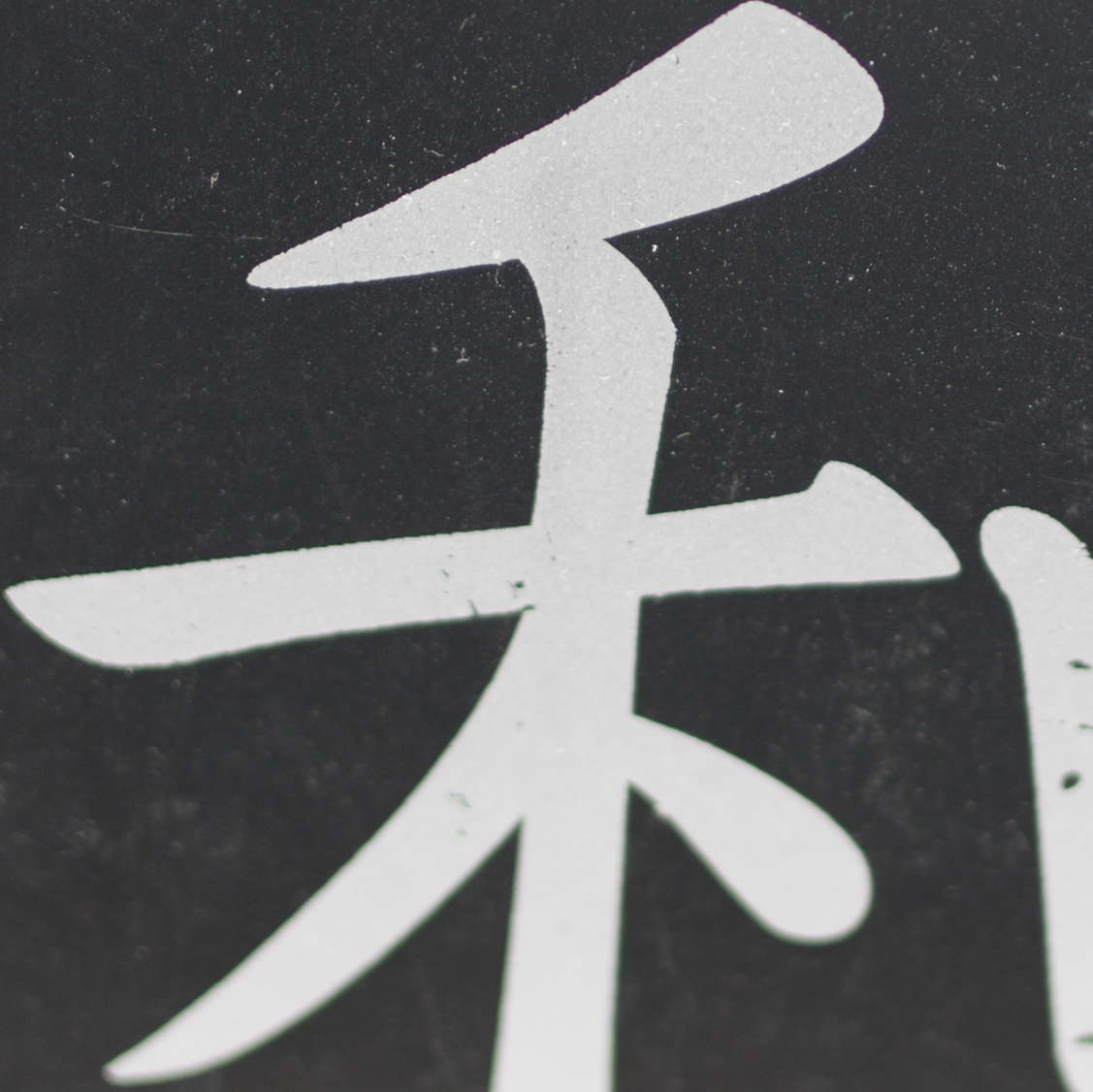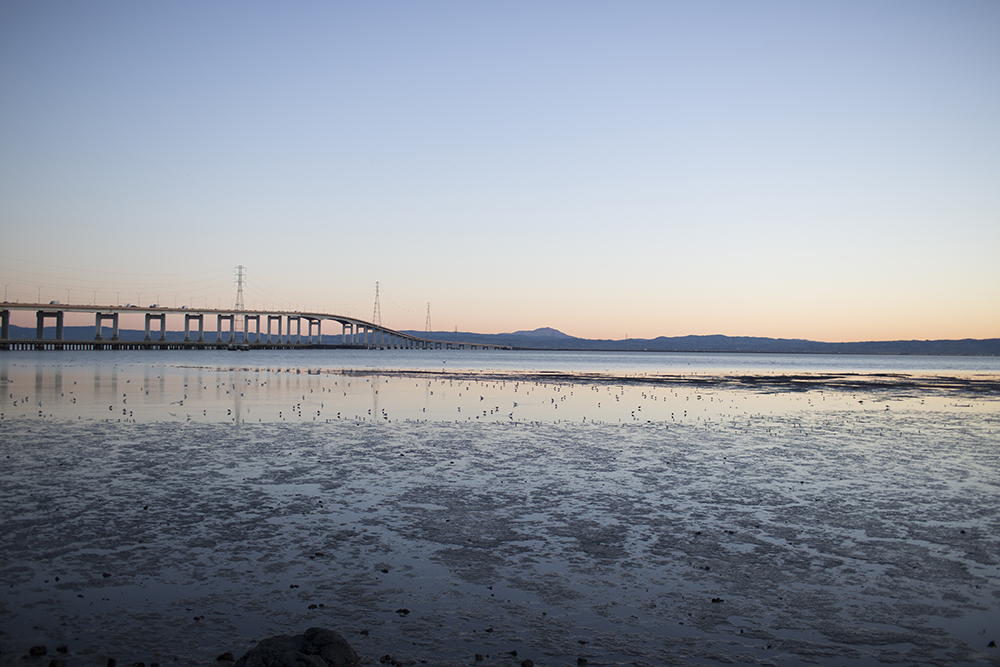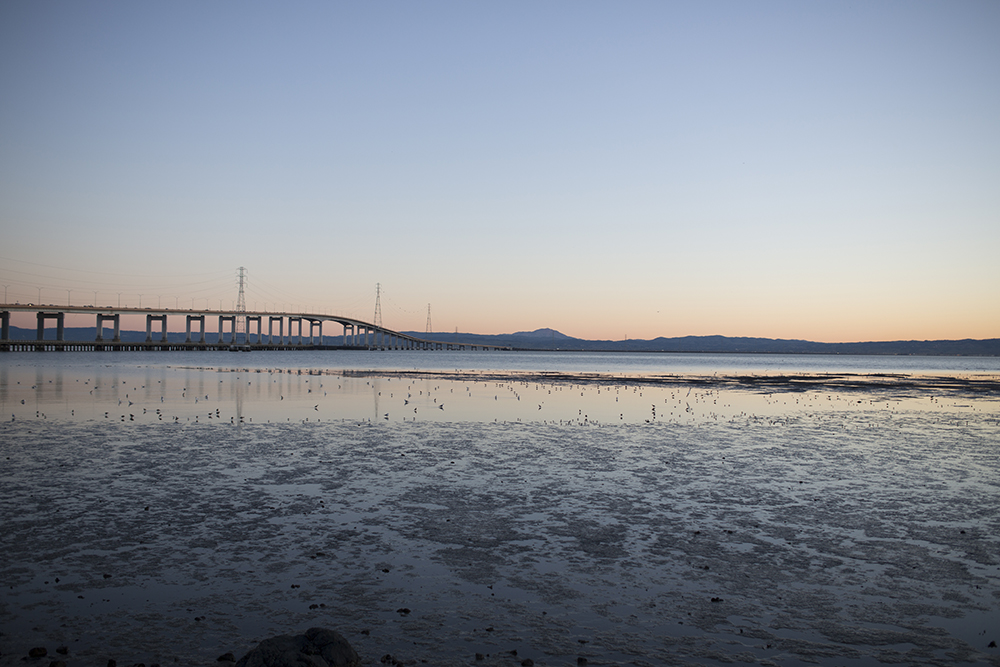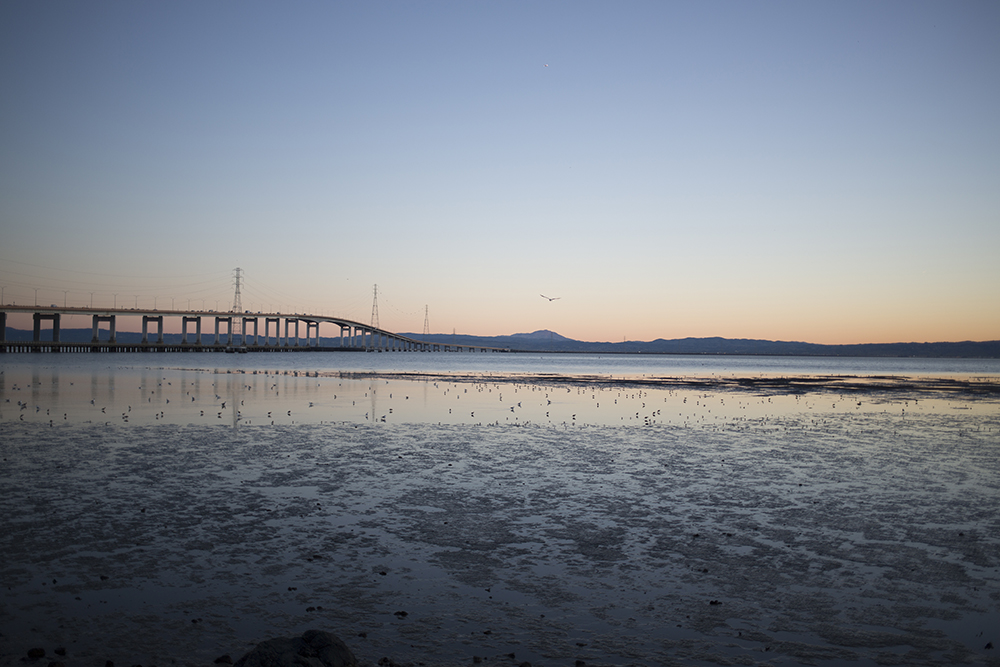“ I shot in studio, during the day and at night to try and select my favorite of these three great lenses. That's right, they're all pretty darn good. I'll agree, some of the chromatic aberration coming out of the Canon f/2 is pretty significant, but outside of my white shooting box things weren't so noticeable. In everyday situations, it did just fine. But let's get started and take a look at how all three performed in studio.
First up is the Canon 35mm f/1.4 L. I chose to shoot the same subject at the widest possible aperture with all three lenses. Therefore, the image below was shot at f/1.4:

You will notice that, aside from some purple fringing where the white script meets the black background, the image has nice defined focused lines and crisp details. Next up, the Sigma 35mm f/1.4:

On the Sigma there is either a lot less fringing or it just blends better because it's green rather than the Canon L's purple. I'm going to go with it's got less fringing. Take a look at the very top of the crop; there is basically no fringing at all, which is different than what we saw on the Canon L glass. From my naked eye, I would say they are about the same sharpness. If you made me pick, I would go with the Sigma being just a hair sharper. Finally, let's look at the Canon 35mm f/2:

You'll notice there is probably the least chromatic aberration present here of all three. It's got clean focus lines, but of course we do notice the one stop difference in the lighting. You will also see that it is significantly less sharp than the Sigma or the Canon L glass. It is by no means blurry, it just doesn't compare with the eyeball-cutting sharpness you see in the first two lenses.
Ok so we've scrutinized these three pretty harshly in the studio, and I'm willing to give it to the Sigma by just a hair. It's greatly outperforming the Canon f/2 in sharpness and beating the L glass in controlling chromatic aberration. Though the chroma fringing is less visible on the Canon f/2, it's just not as sharp and I'm not willing to trade those features. Let's move on to a real world example: daytime landscape shooting. Let's line them up one by one in the same order: Fist the Canon L, next the Sigma, and finally the Canon f/2:



Continua con altri confronti al
Seguente link The Verdict: When we look at performance, the Sigma and Canon L trade blows back and forth, but when you throw in price point you can't help but lean towards the Sigma. It was a close fight, but Sigma wins out. Not only is the Sigma just as sharp (if not sharper), it also better controls chromatic aberration without really failing in any one area. The Canon f/2 is not a bad lens, not at all. In fact, it's a great lens. It's just not as good as either the L glass (as expected) or the Sigma. The fact of the matter is that Sigma just outplayed Canon here. Sigma wins in price and performance, which is a really deadly combo. If you are looking for a 35mm lens for your Canon, you can't beat the Sigma 35mm f/1.4. It's just that good.
„ 

 JuzaPhoto contiene link affiliati Amazon ed Ebay e riceve una commissione in caso di acquisto attraverso link affiliati.
JuzaPhoto contiene link affiliati Amazon ed Ebay e riceve una commissione in caso di acquisto attraverso link affiliati.